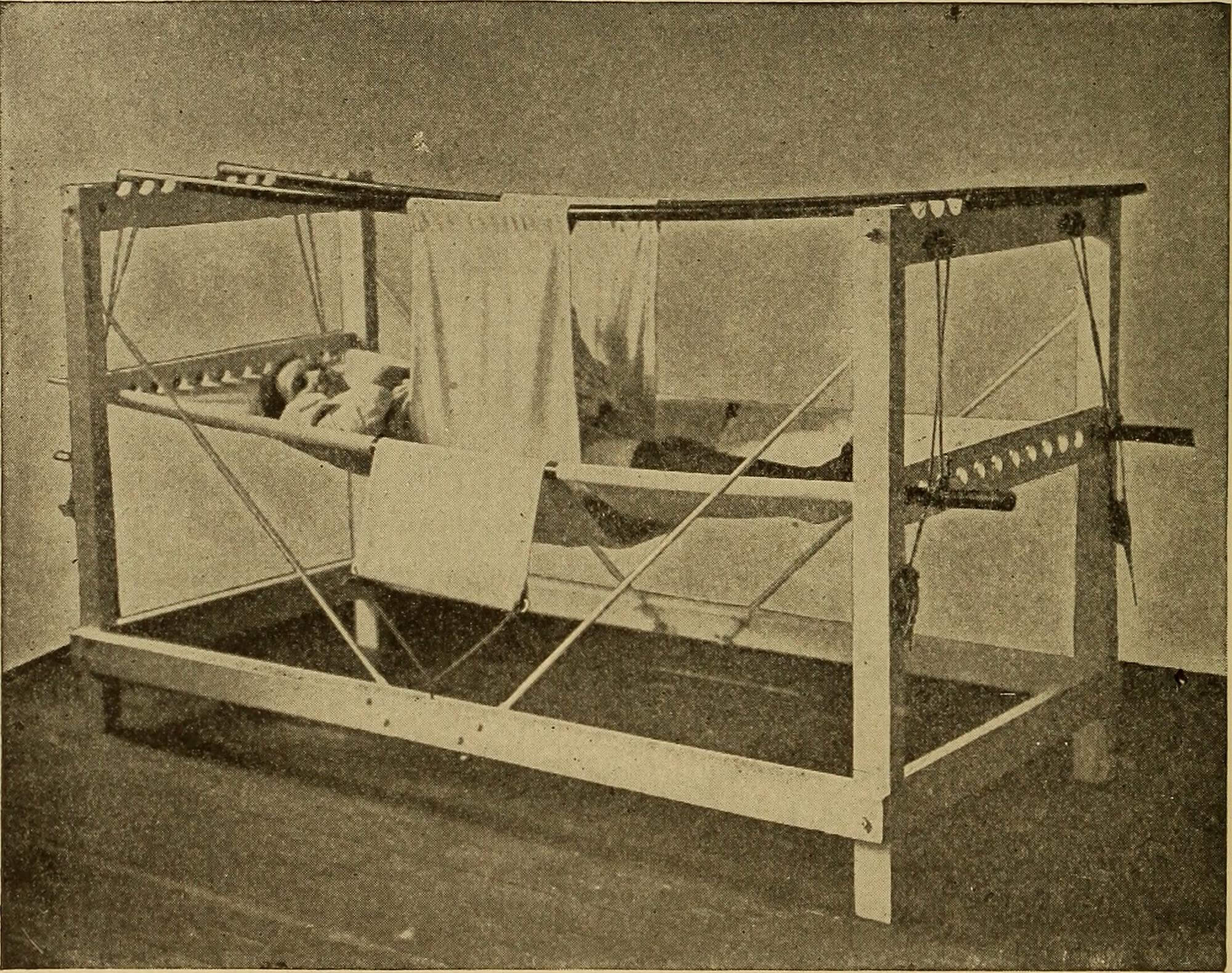The invention of the chainsaw is an important milestone in medical history. It has been used for a variety of purposes, but perhaps its most significant use was during childbirth. Before the advent of this revolutionary tool, midwives and doctors had to rely on primitive tools such as knives or scissors to perform difficult deliveries. The chainsaw provided them with a much safer and more efficient way to deliver babies safely into the world.
The need for a better instrument became apparent when it was discovered that traditional methods were resulting in serious complications or even death for both mother and baby, during delivery due to infection from unclean instruments or excessive force being applied by inexperienced hands.
By using the chain saw instead, physicians could cut through tissue quickly without putting too much strain on either party involved in labour; thus greatly reducing any potential risks associated with childbirth procedures at that time period.

Today’s modern version of this device features improved safety features such as adjustable speed settings which allow practitioners greater control over how fast they can make their cuts while still maintaining accuracy; plus additional attachments which enable them to perform other tasks related specifically towards birthing procedures like draining excess fluids from within an expecting mother’s uterus before delivery begins proper (known medically as ‘amniotomy’).
Also read: What would happen if we did not have the moon?
Ultimately these advancements have enabled healthcare professionals worldwide to provide better care than ever before when dealing with complicated births – something we should all be thankful for!
What did the first chainsaw look like?
The first chainsaw was invented in 1783 by German orthopaedist Bernhard Heine. It consisted of a hand-cranked, belt-driven saw blade connected to a wooden frame with handles at both ends. The blade was made from wrought iron and had teeth that were filed into it by hand.

This primitive device allowed for faster cutting than traditional tools like axes or handsaws, making it an invaluable tool for surgeons who needed to quickly perform amputations or other operations on patients in need of urgent medical attention.
When did they stop using chainsaws for childbirth?
The use of chainsaws for childbirth is an outdated practice that has been discontinued since the 1950s. Since then, medical professionals have relied on more modern methods such as forceps and vacuum extraction to safely deliver babies.
The advancement of medical technology over the years has allowed us to provide safer and less invasive alternatives that are much more successful in delivering healthy babies with minimal risk.
What was the chainsaw originally called?
The first chainsaw was initially referred to as an osteotome, which is derived from the Greek words for “bone” and “cutting.” This early version of a chainsaw was designed to help surgeons cut through bone in medical operations.
It featured a long saw blade with teeth made out of sharpened steel that were connected by metal links. The device allowed doctors to quickly and accurately cut through bones without damaging surrounding tissue, making it much more efficient than traditional saws or chisels used at the time.


